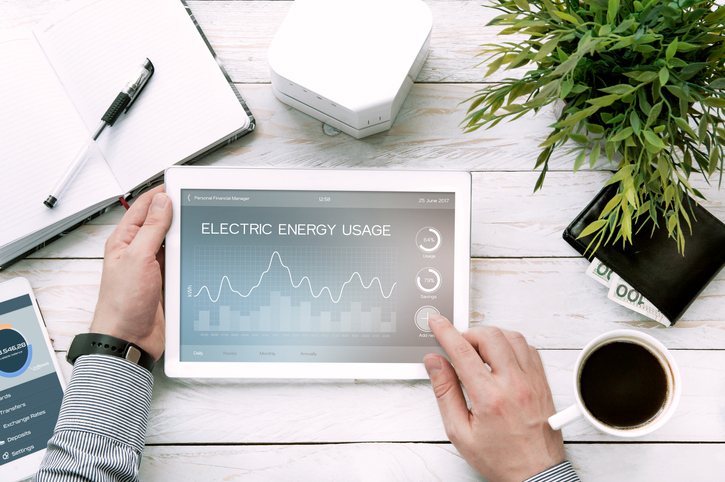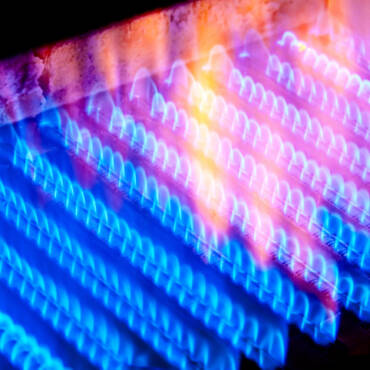When ComEd sends you an analysis of your energy usage compared to your neighbor’s, you might be pleased to see that your home is in the most efficient category – or you could be disappointed that you’re solidly in the red zone of using much more energy than your neighbors. Fear not! Maertin Heating and Cooling is here to help you be more efficient not just with electricity, but with other resources as well.
Replace those lightbulbs.
Years ago, one common piece of energy advice was to change incandescent light bulbs with energy-efficient lighting options. That is still very solid advice. While previous generations of efficient bulbs were very expensive, had an annoying lag time and an “off” color that may have dissuaded you from changing over, LED lights are a infinitely better solution. They are less expensive, light up instantly and are available in colors that have a more natural, softer incandescence. Change out all your bulbs this weekend and start realizing savings immediately, especially if you have children who always leave the lights on.
Should I unplug?
Previous energy-saving advice recommended unplugging devices like your coffee machine and toaster if they weren’t in active service, and unplugging washing machines, dryers and stoves when you left for vacation. However, most current appliance manufacturers have decreased their standby power demands significantly, making unplugging appliances rather unnecessary in the battle for cost and energy savings. If you already have newer, energy-efficient appliances, leave them plugged in. If you don’t, consider upgrading those components to bring significant savings.
Does temperature matter?
Oh, gosh yes, on so many of your appliances!
Regardless of whether your home has the most energy-efficient appliances, you can achieve significant savings by maintaining optimal settings and conditions of your home’s machinery. Experts recommend setting these Fahrenheit temperatures:
- Refrigerators between 35-38˚
- Freezers at 0˚
- Water heater between 120-125˚
- Furnace in the winter at 68˚
- Air conditioner in summer at 78˚
Most water heaters are set at 140˚, which not only uses more energy but is also dangerous. This temperature of water can scald a child in less than 3 seconds. Set your temperature no higher than 125˚ for best safety practices.
Don’t let your money trickle away.
While there have been great achievements in electrical efficiency, our homes’ water efficiency remains a place where we can all recognize savings. The EPA estimates that many old toilets use as much as 6 gallons per flush. Picture 6 gallons of milk going down the drain every time the toilet is flushed – yikes! Current guidelines recommend 1.6 gallons per flush, with some models using a more forceful flush at 1.3 gallons or less.
Even if you’ve already upgraded to an efficient toilet, its central role in the home and daily life means it’s also a common sight for leaks and water waste. If you hear water trickling or your toilet suddenly “running” when no one has flushed, it’s probably slowly leaking. Replacing the degraded flapper and seals inside the tank can be an easy DIY task to save an astonishing amount on your water bill.
Similar savings can be found by repairing or replacing leaking faucets or shower heads. Combined with toilets, leaking fixtures can waste as much as 180 gallons of water a week. Be sure to check your yard for unexplained soggy spots, or an unusual green spot in your lawn; that could indicate an external leak that is wasting money.
Keeping your HVAC filters clean and your heating and cooling equipment in tip-top shape are, of course, some of the best ways to be sure your home is as energy efficient as possible. Call Maertin Heating and Cooling today at 708-479-9350 or click here to get on our Winter Check and Tune Up calendar this fall!




